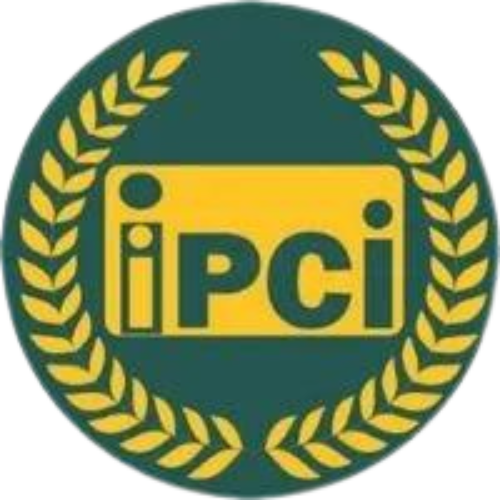GUIs are systems that allow creation and manipulation of user interfaces employing windows, menus, icons, dialog boxes, mouse and keyboard. Macintosh toolbox, Microsoft windows and X-windows are some examples of GUIs.
The term “user interface” originated in the engineering environment in late 1970’s. Virtually every one who interacted directly with computers had been engineers and programmers, but new kind of users was emerging: the non-programming user. New forms of interaction was needed, new interfaces were required and the attention flowed to “the user interface”
The GUI has become associated with common feature set available in a number of product offerings. Common features include:
– Secondary user input devices. Usually a pointing device and typically a mouse,
– Point and shoot functionality with screen menus that appear or disappear under pointing –device-control,
– Windows that graphically display what the computer is doing,
– Icons that represent files, directories and other application and system entities,
– Dialog boxes, buttons, sliders, check boxes and many other graphical metaphors that let the programmer and user tell the computer what to do and how to do it.
Today’s GUI’s have expanded basic functionality to support not only graphics but also dimensions, colour, height, video and highly dynamic interaction.
Common Graphical User Interface Terms:
- Pointing devices: Pointing devices allow users to point at different parts of the screen. Pointing devices can be used to invoke a command from a list of commands presented in a menu. They can also be used to manipulate objects on the screen by:
- Selecting objects on the screen, or
- Moving objects around the screen, or
- Merging, several objects into another object.
- Bit-mapped displays: As memory chips get denser and cheaper, bit displays are replacing character- based display screens. Bit-mapped displays made up of tiny dots(pixels) that are independently addressable and provide much finer resolution than character displays. Bit-Mapped displays have advantages over character displays. One of the major advantages includes graphic manipulation capabilities, which present information in the final form on paper (also called WYSIWYG: What you see is what you get).
- Windows: When screen is split into several independent regions, each one is called a window. Several applications can display results simultaneously in different windows. The end-user can switch from one application to another or share data between applications. Windowing system have capabilities to display window either tiled or over-lapped. User can organize the screen by resizing the window or moving related window closer
- Menus: A menu displays a list of commands available within an application. From the menu, the end user can select operations such as File, Edit, View. Instead of remembering commands at each stage, a menu can be used to provide a list of items. Each menu item can be either a word or an icon representing a command or a function. Menu item can be invoked by moving the cursor on the menu item and selecting the item by clicking the mouse. When a menu icon is invoked it could cause other menus, called pull-down menus, to appear. Pull-down menus are used to present a group of related commands or options for a menu item.
- Dialog boxes: Dialog boxes are used to collect information from the user or to present information to the user. For example when printing a file, a dialog box is displayed to get additional information.
- Icons: Icons are used to provide symbolic representations of any system/ user defined object such as file, folder, address, book, applications and so on. A specific type of icon represents different types of objects. In some GUI’s documents representing folders are represented by folder icon. A folder icon contains a group of files or other folder icons. Double clicking on the folder icon causes a window to be opened displaying a list of icons and folder icons representing the folder’s contents.
- Desktop metaphor: In the desktop metaphor, users are not aware of applications. Users deal with files, folder, drawer, a clipboard and an out-box. Instead of starting the word processor and loading file, users merely open the report document, which implicitly invokes the word processor. Clicking the mouse on an icon representing the report cause word processor to get started and to load the report file implicitly. Today, several computing environments provide this capability.
